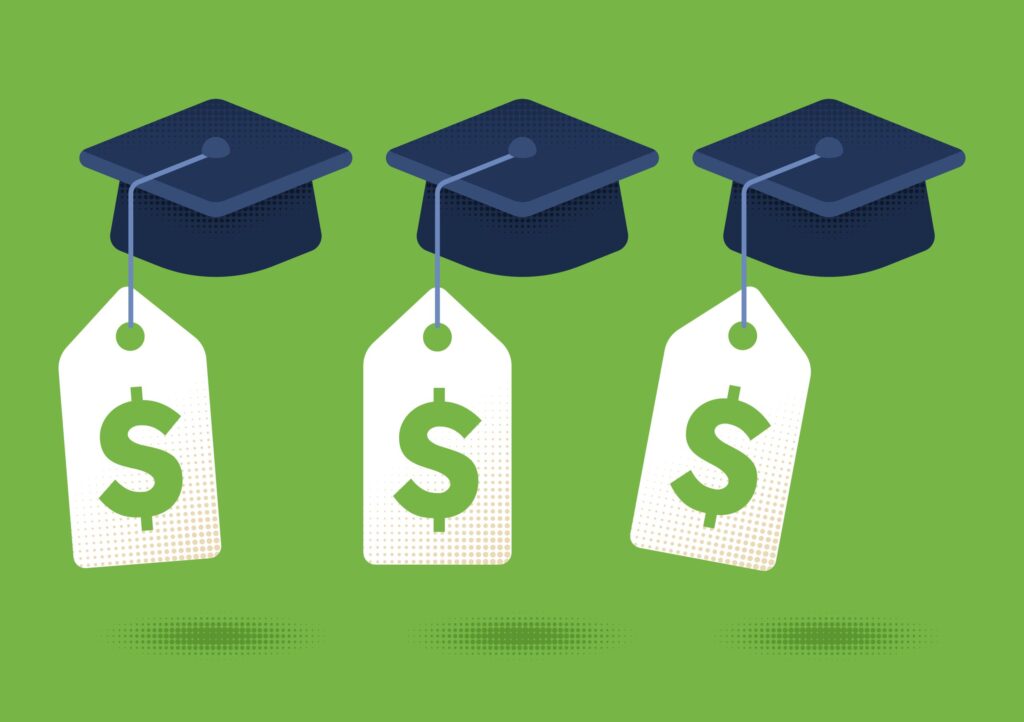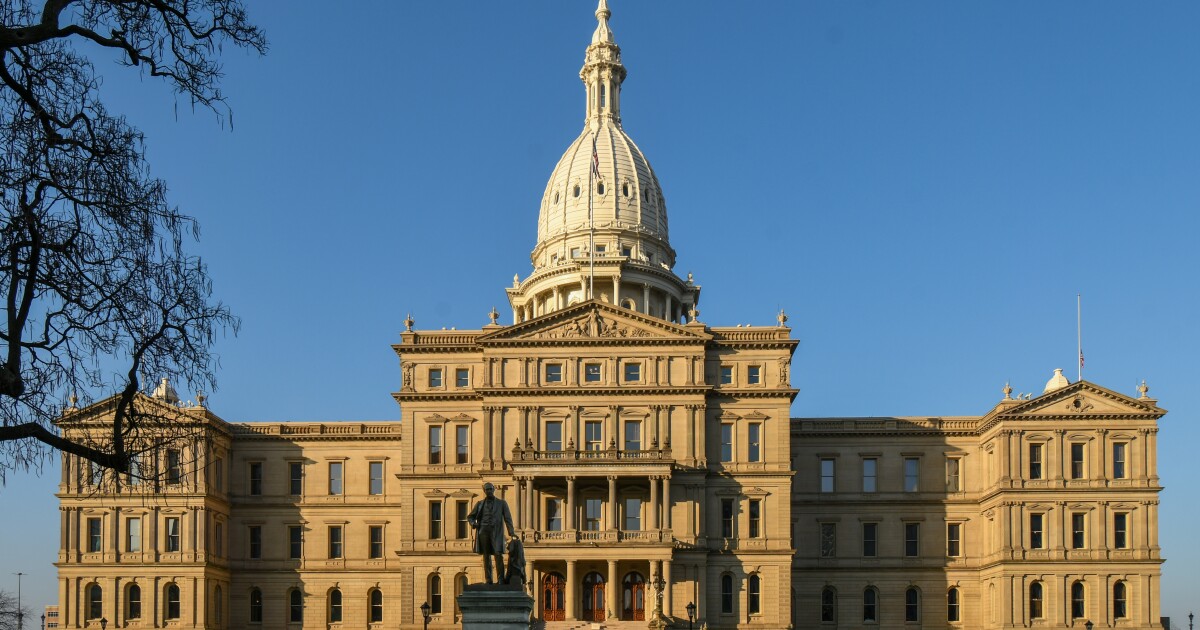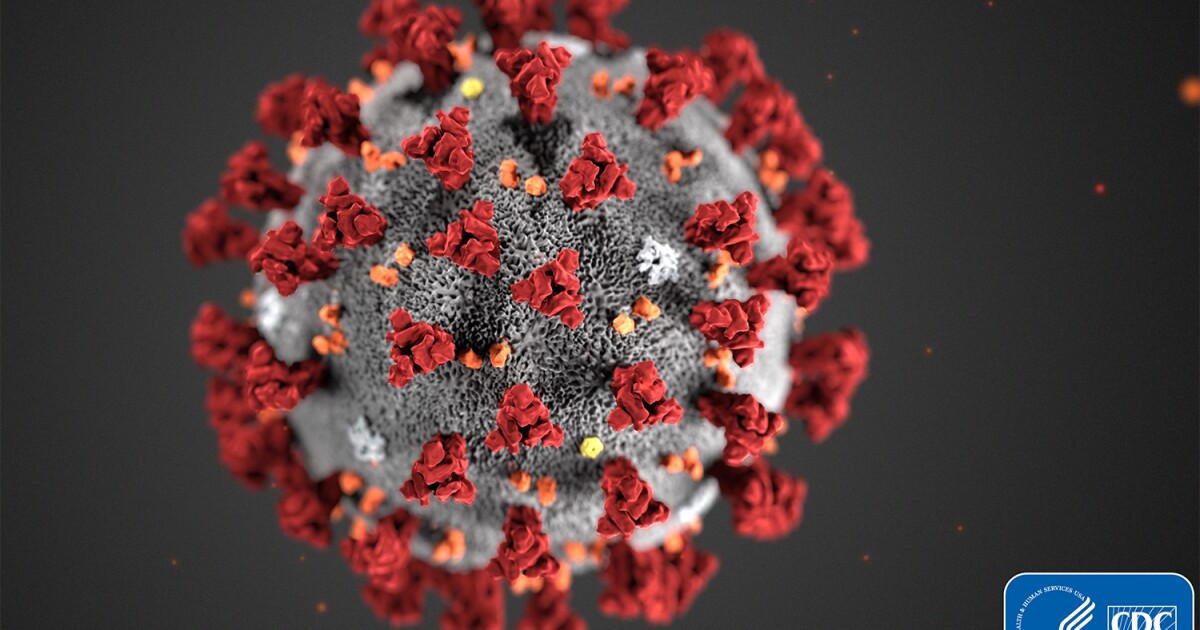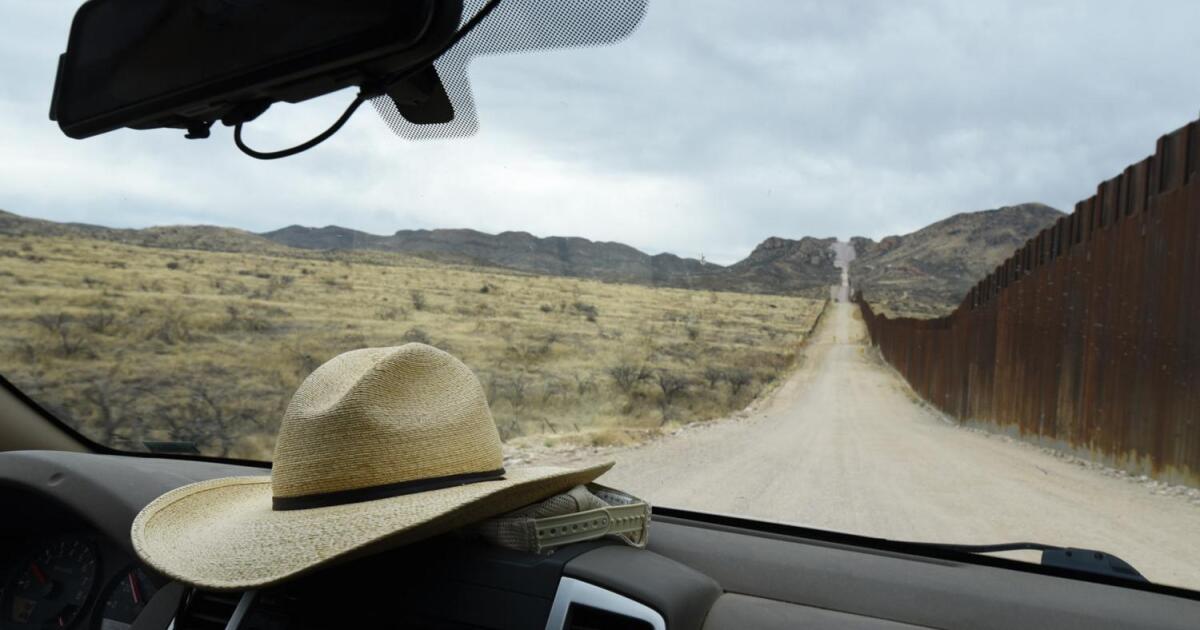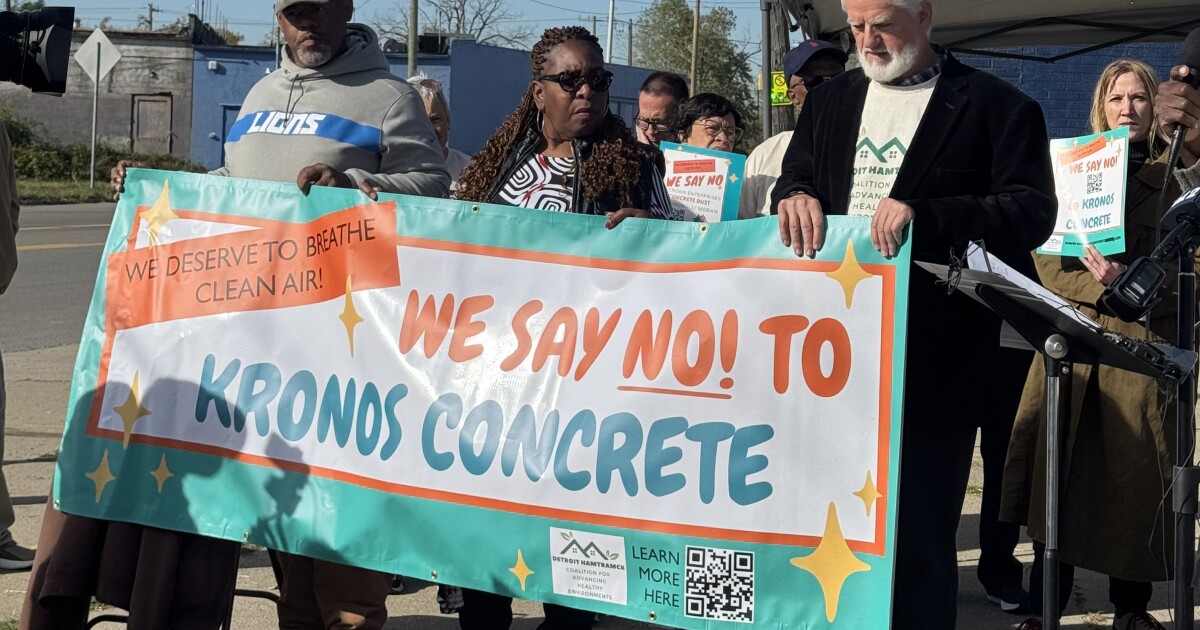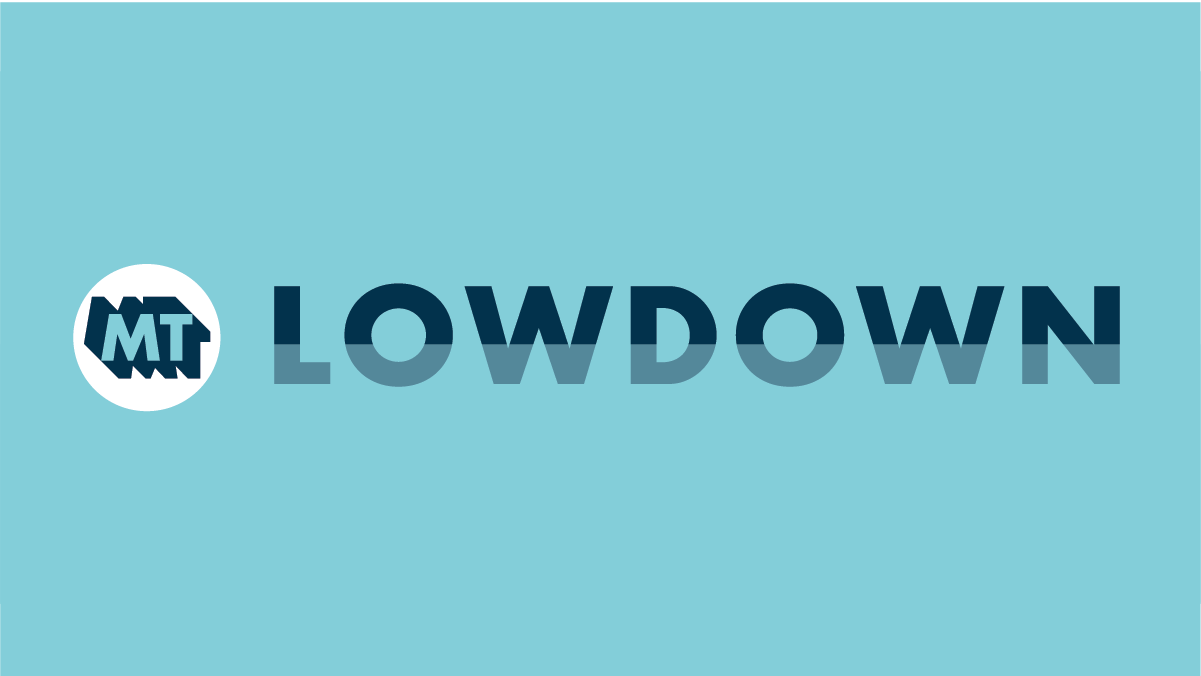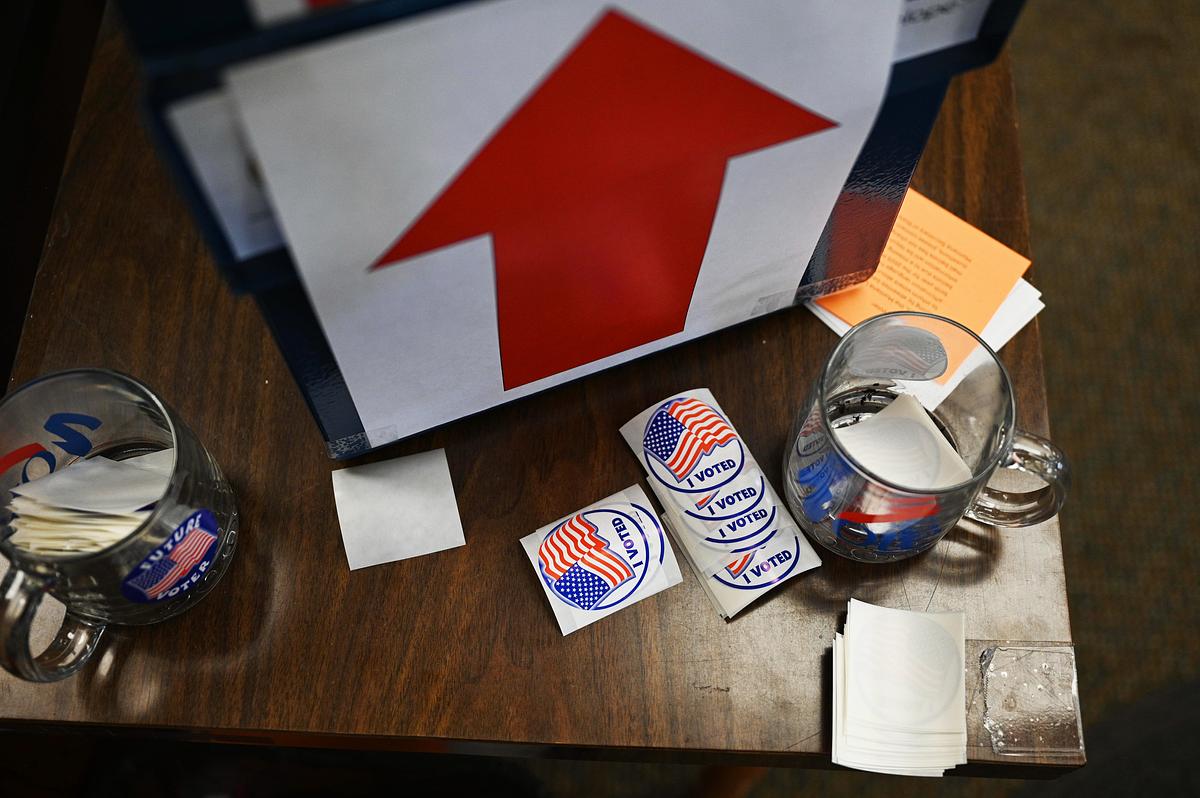Summer is typically a break for Connor Pavlicko, student body president at Slippery Rock University. This time, however, classmates inundated him with questions about a sudden tuition hike.
The 3.6% increase angered students, as tuition at Pennsylvania’s public universities, like Slippery Rock, had been frozen since 2018, said Pavlicko, a junior from Ohio.
“This is happening everywhere,” Pavlicko noted after “endlessly doomscrolling” social media.
Nationwide, students face tuition hikes up to 10%, plus new fees and rising dorm and dining costs. This contrasts with a recent period where tuition, adjusted for inflation, had actually been decreasing, a surprise to many Americans.
The Hechinger Report’s Tuition Tracker tool reveals that net college costs rose only a third as much as general inflation over the past five years.
Despite declining costs due to universities boosting enrollments, prices are climbing again amid economic challenges.
Related: Interested in more college news? Subscribe to our free biweekly higher education newsletter.
“We had this period where it looked like things were improving,” said Judith Scott-Clayton, an economist at Teachers College, Columbia University.
She expressed concern that tuition increases could make college less accessible, a sentiment shared by policymakers.
Even before the recent tuition hikes, less than half of Americans felt a four-year degree was worth the cost, according to the Pew Research Center.
Many universities are raising tuition while cutting programs and staff to address budget deficits, meaning students pay more for fewer services.
The long-term rise in higher education costs has driven fewer high school graduates to pursue degrees, noted Andrew Gillen of the Cato Institute, who studies college financing.
Over 40% of undergraduates considered alternatives to college, such as trade schools, according to a Sallie Mae survey, with affordability influencing college choice.
“The idea that college is the magic ticket to the American dream is fading,” said Gillen, adding that tuition hikes may be short-sighted.
Higher education institutions face unprecedented funding challenges. State appropriations, a key income source, have increased but are slowing. Federal grants for over 600 colleges have been cut or frozen, impacting research budgets significantly.
International enrollment is expected to drop by 40%, affecting colleges financially. Additionally, a new tax on wealthy institutions’ endowments will cost them $1.7 billion collectively next year.
Inflation and higher salary demands have increased expenses. Colleges are passing costs to students amid an enrollment rebound from pandemic lows. However, high school graduate numbers are projected to decline, limiting demand.
The University of Nebraska is implementing a 5% tuition increase, while Michigan State University calls its 4.5% hike a “tuition adjustment.” The California State University system is raising tuition by 6% and cutting jobs and courses.
Related: The fastest-growing college expense may not be what people think
At Slippery Rock, the 3.6% increase is about $300 annually for in-state students, bringing total tuition to $11,000, excluding room and board. Pavlicko encourages students to understand tuition changes and utilize financial aid and other resources.
“Despite the belief that the university president can adjust prices like at a gas station, that’s not true,” Pavlicko explained.
He directs peers to financial aid and money-saving services like food pantries and free transportation.
“Let’s not let people suffer alone,” Pavlicko urged.
—
Read More Kitchen Table News

